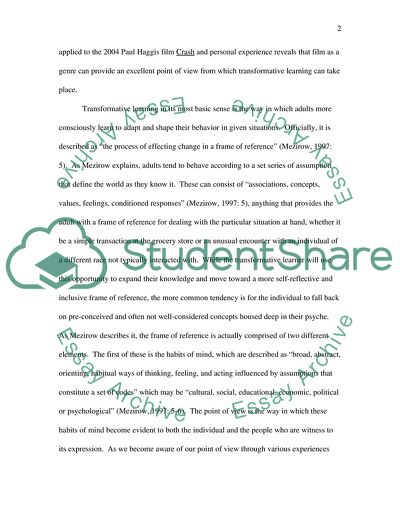Cite this document
(Crash and Minority Culture Movie Review Example | Topics and Well Written Essays - 1250 words, n.d.)
Crash and Minority Culture Movie Review Example | Topics and Well Written Essays - 1250 words. https://studentshare.org/social-science/1722749-analysis-of-minority-culture-portrayal-in-film
Crash and Minority Culture Movie Review Example | Topics and Well Written Essays - 1250 words. https://studentshare.org/social-science/1722749-analysis-of-minority-culture-portrayal-in-film
(Crash and Minority Culture Movie Review Example | Topics and Well Written Essays - 1250 Words)
Crash and Minority Culture Movie Review Example | Topics and Well Written Essays - 1250 Words. https://studentshare.org/social-science/1722749-analysis-of-minority-culture-portrayal-in-film.
Crash and Minority Culture Movie Review Example | Topics and Well Written Essays - 1250 Words. https://studentshare.org/social-science/1722749-analysis-of-minority-culture-portrayal-in-film.
“Crash and Minority Culture Movie Review Example | Topics and Well Written Essays - 1250 Words”. https://studentshare.org/social-science/1722749-analysis-of-minority-culture-portrayal-in-film.


